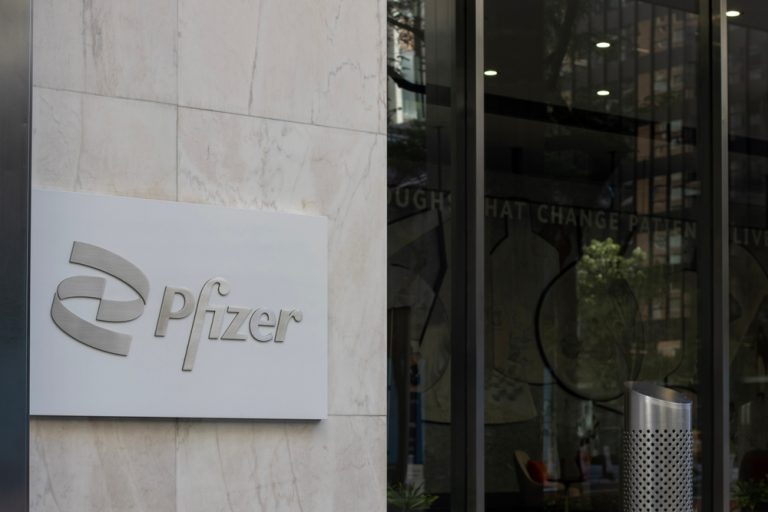The titanium oxide industry is set to grow at a CAGR OF 8.7% to 2025
Sri Lanka President says it has “no choice” but to look to an export-based economy, mandating the generation of US$6bn
JAT Holdings and Titanium Sands have partnered up to increase heavy mineral sands (HMS) production
After being torpedoed with crushing debt, high inflation and governmental corruption, swift policy actions have followed to reverse Sri Lanka’s misfortunes – and exports have been flagged as key to its continued recovery.
The South Asian nation is seeking to promote domestic production for jobs, exports and foreign currency to bolster its economy.
It’s well-known for its industrial mineral reserves – primarily heavy minerals such as ilmenite – the main ingredient in titanium which is used in paints, printing, fabric, plastics, paper and countless other applications.
Stockhead spoke to Colombo-listed JAT Holdings and HMS developer Titanium Sands (ASX:TSL), both sharing their thoughts on how domestic production and increased exports will aid in reviving Sri Lanka’s economy.
But first, let’s paint a picture.
Exports key to recovery
In a recent budget speech, President Wickremesinghe stated “Sri Lanka has no choice but to move forward with an export-based economy”.
“The international market should be expanded for exports. We have to create a competitive economy [and] for this, we are working to establish extended trade agreements with our main partners in the region.
“As a primary step to improving Sri Lanka’s deeper connectivity with foreign trade and global markets, we are taking steps to eliminate non-tariff import taxes, including import CESS, port, and airport levies,” Wickremesinghe said.
Targets have been set to generate a further US$3bn in exports and US$3bn in foreign direct investment.
Others echo the same sentiment. “Sustained export growth is crucial for the development of Sri Lanka, particularly given the relatively small size of its domestic economy,” Dr Indrajit
Coomaraswamy said at an annual Exporters Association of Sri Lanka meeting recently.
“Relying on the domestic economy is not sufficient to enhance growth.”
HMS investment pathway
The titanium dioxide market was worth US$15.76bn in 2018 and is expected to increase at a CAGR of 8.7% year-on-year to 2025.
As part of the initiatives, Sri Lanka’s cabinet voted to implement a series of measures to streamline and promote investment in the HMS industry.
These included clarifying the respective roles and authorities of the Board of Investment (BOI) and Geological Survey and Mines Bureau (GSMB) in regulating and approving investment in exploration and development.
This includes:
Directing investors to complete the setting up of an HMS concentration and separation plant within two years of the grant of a mining license
Allowance for a further two-year due diligence period to consider viability for investment in additional value-adding processing
The export of separated HMS products to commence during a further due diligence period – as long as no more than 30% of the resource is extracted during the period
The minimum investment threshold for an HMS project concentrating and separating individual heavy minerals will be set at US$50m and the BOI will determine the threshold on a case-by-case basis.
JAT and titanium dioxide production
Founded in 1993 with an idea to supply the Sri Lankan and foreign markets with the best wood furnishing and paints, JAT Holdings has become a global exporter over the years, recently listed on the Colombo stock exchange.
Over the decades it’s expanded its reach into South Asia, Africa, Bangladesh and India, as well as the island nations of the Maldives, Seychelles and Mauritius.
In line with Sri Lanka’s governmental goals, JAT is looking to increase partnerships with companies such as TSL to accelerate the production of HMS for both domestic use and export, as well as facilitate local employment opportunities.
This led TSL to execute a binding term sheet earlier this year to acquire affiliate James Global and its east coast HMS deposits and to appoint JAT as its in-country partner to assist with TSL’s Sri Lankan operations overall.
“We aim to increase our exposure to heavy mineral sands that contain ilmenite, use it to create titanium dioxide here in Sri Lanka and downstream process these materials into our furnishing and paint products,” JAT MD Aelian Gunawardene says.
“This will mean more jobs and higher returns for our products and add to Sri Lanka’s trajectory back from debt.”
JAT Holdings’ affiliate James Global has 19 grids of ilmenite at >5% mineral content on the east coast and TSL recently inked a deal to buy those grids, as well as develop Mannar Island on the west coast.
“We are structuring a deal on how we can bring in the grids that James Global owns to TSL together with its Mannar Island HMS project so we increase our exposure to domestic production of ilmenite and titanium dioxide for both our own manufacturing and export to global partners,” Gunawardene says.
TSL says it considers these initiatives and clarifications “will significantly expedite the regulatory processes involved in inbound investment”.
The company reckons it will promote investment for HMS production in Sri Lanka and will significantly assist operations as the project moves into production, specifically the two-year export approval.
Mannar Island
Historical drilling at the Mannar project revealed rich concentrations of heavy mineral sands around the north and southeast parts of the island, so much of it in fact, a resource of 10.33Mt total heavy minerals (THM) @ 11.7% was identified.
Since TSL bought the project, it’s drilled more than 300 auger holes to justify Mannar’s grade and size.
It then conducted a follow-up scoping study which now paints the $2 BILLION project to contain 318Mt @ 4.17% THM containing ilmenite (the main source of titanium oxide) which makes up the bulk of its mineralisation.
“The scoping study based on an initial project scenario of a 4Mtpa mining rate over 20 years, indicating an economically robust project which gives TSL the confidence to examine in more definitive studies, 8Mtpa and even 12Mtpa production rates over 20 or more years of project life,” TSL MD James Searle says.
Stage 1 of the project is aimed at the 82Mt @ 6.03%, 8km by 1km high-grade zone, which is exposed at surface with no barren overburden, making extraction processes easier.
It recently announced that written and binding land access agreements had been received from affected landowners.
The Mannar Island Stage 1 HMS project area. Pic supplied: (TSL)
TSL says the Sri Lankan Government’s Central Environment Authority has initiated environmental clearances for the project and completed an initial site visit.
The CEA’s sign-off is, according to TSL, the key step that will lead to the issue of the project’s mining licence.
“The signing of the priority 1 zone land access agreements is another milestone achieved in the CEA process. Further CEA site visits are expected to address other outstanding milestones that will lead to completion of the process,” TSL MD James Searle says.
“The high-quality ilmenite product is expected to find a ready market with titanium slag and sulphate route pigment producers in the Middle East, Korea, India, China and elsewhere.”
This article was developed in collaboration with Titanium Sands, a Stockhead advertiser at the time of publishing.
This article does not constitute financial product advice. You should consider obtaining independent advice before making any financial decisions.
The post Sri Lanka’s rebuilding its export industry: JAT Holdings and Titanium Sands are trumpeting the cause appeared first on Stockhead.























+ There are no comments
Add yours